The GRACE project develops SiC radiation sensors for plasma diagnostics, tested at 500°C to ensure fusion reactor suitability.
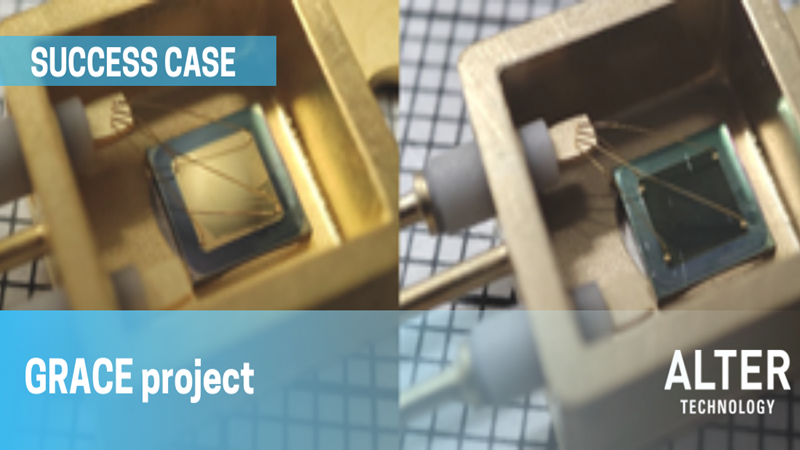
Blog »

The GRACE project develops SiC radiation sensors for plasma diagnostics, tested at 500°C to ensure fusion reactor suitability.
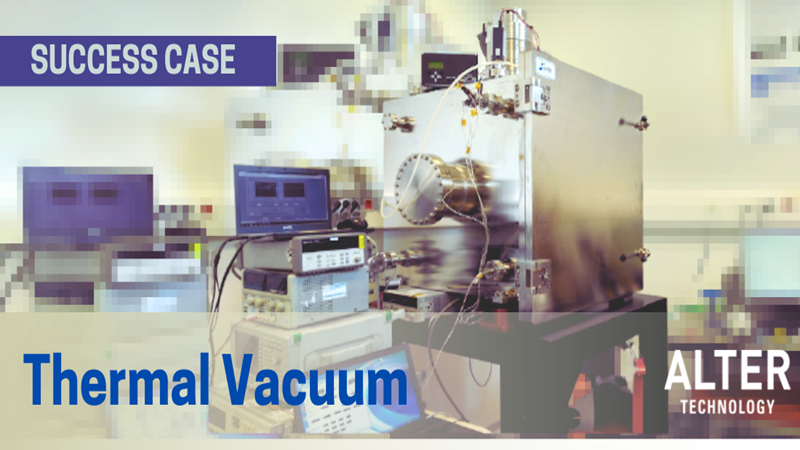
HV optocouplers require thermal vacuum testing to ensure isolation reliability, as vacuum can affect internal gel stability and performance.
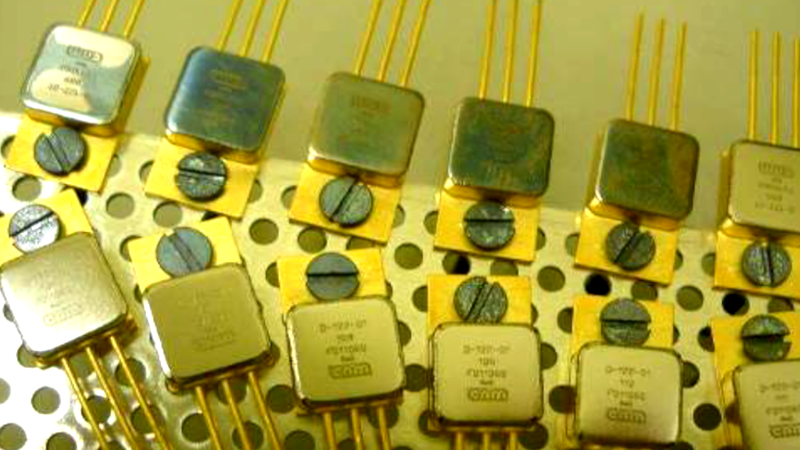
SiC diodes offer high-performance switching for space use, with radiation effects manageable through proper testing and bias control.
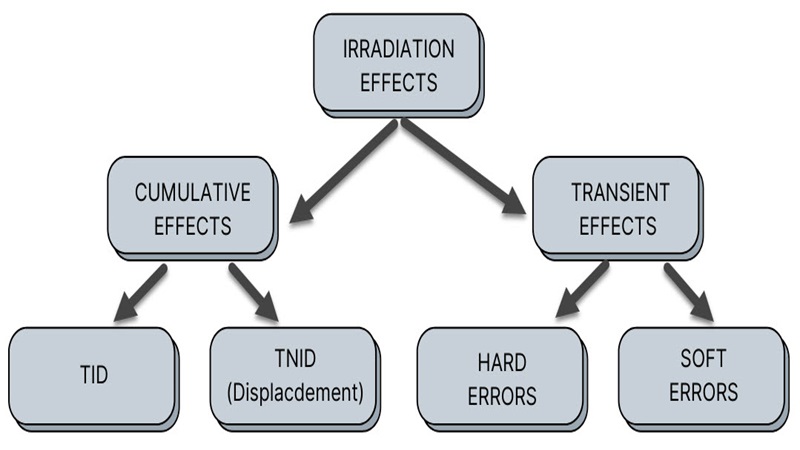
Cumulative effects are gradual effects taking place during the whole lifetime of the electronics exposed in a radiation environment. A device...

TID test standards define irradiation methods, dose rates, and handling to assess component tolerance to total ionizing dose.
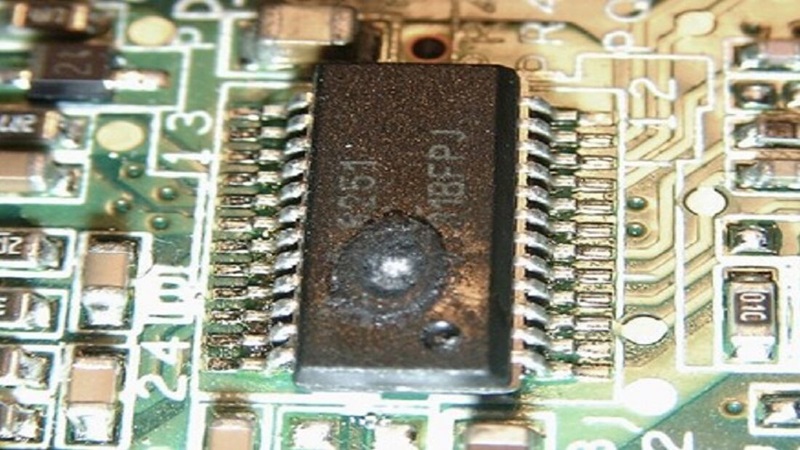
Radiation affects EEE components in space through TID, displacement damage, and single event effects, impacting mission reliability.
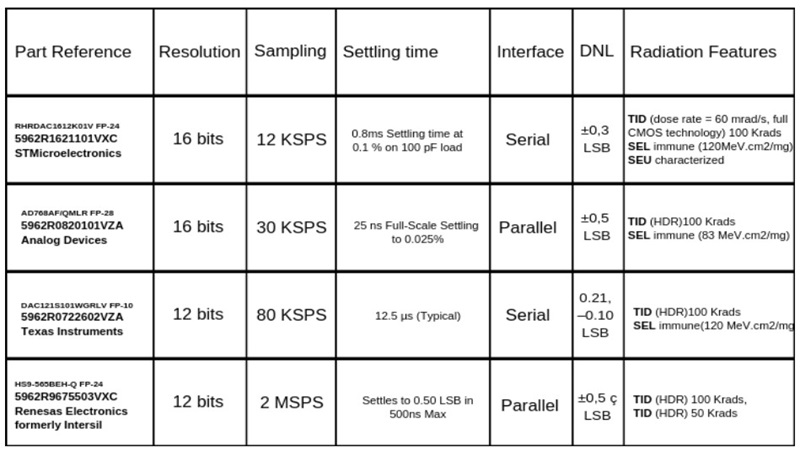
DACs convert processed digital data into analog signals for space systems, with designs hardened against radiation effects.
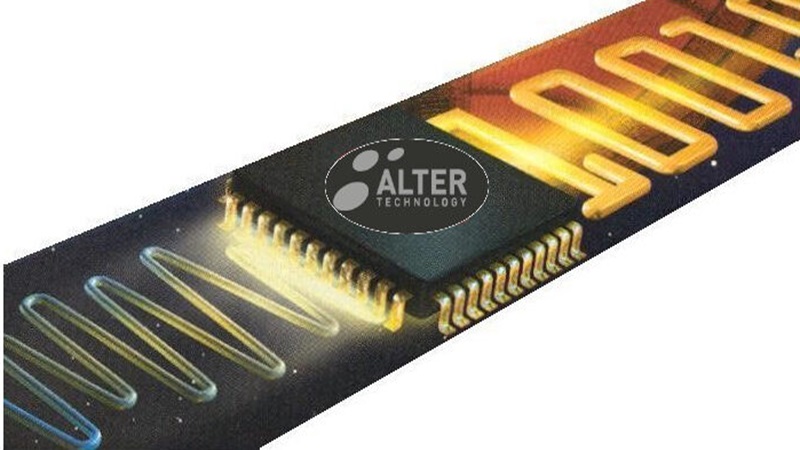
Data conversion in space systems relies on ADCs to digitize analog signals, balancing resolution, speed, and radiation tolerance.
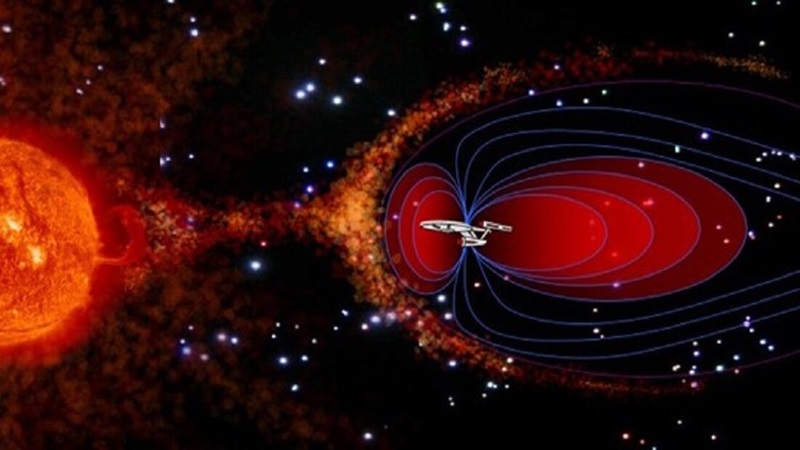
Radiation analysis documents component tolerance to space radiation, ensuring compliance with mission-specific exposure levels.
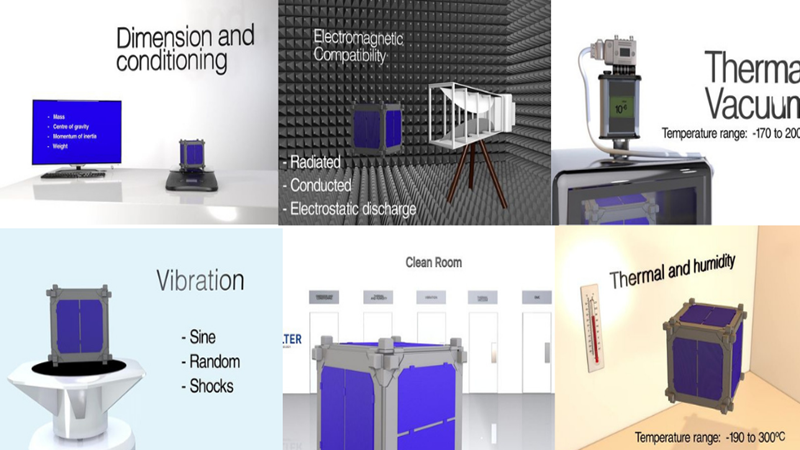
A product assurance plan defines quality, reliability, and component requirements to ensure mission success in New Space projects.
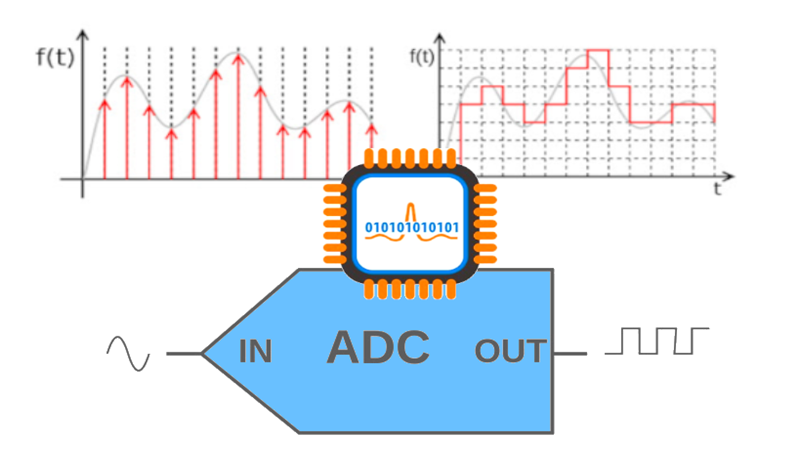
Analog to digital converters for space must balance high resolution with low sampling rates to ensure accurate signal capture.
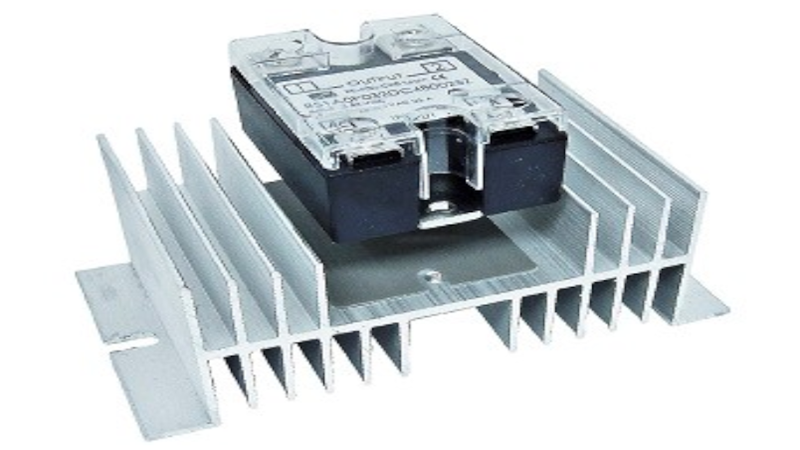
Solid state relays offer fast, durable switching for space systems but must be assessed for radiation sensitivity.
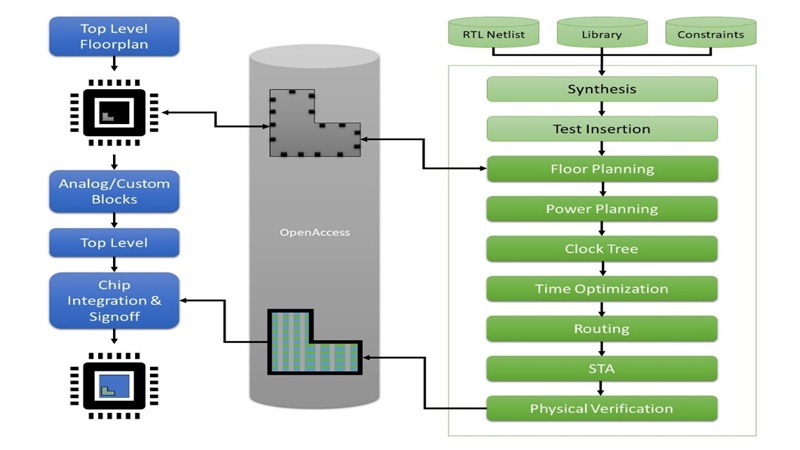
ASIC design focuses on custom integrated circuits for specific functions, with added complexity for space applications.
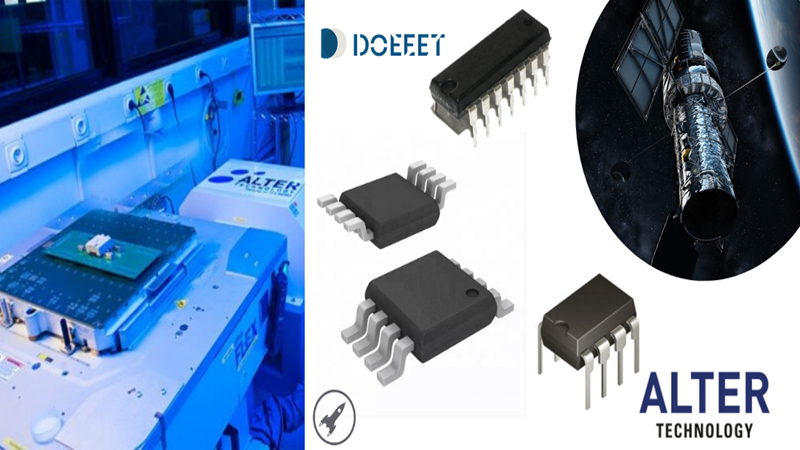
Electrical test of operational amplifiers monitors key parameters to assess performance under space-related stress conditions.
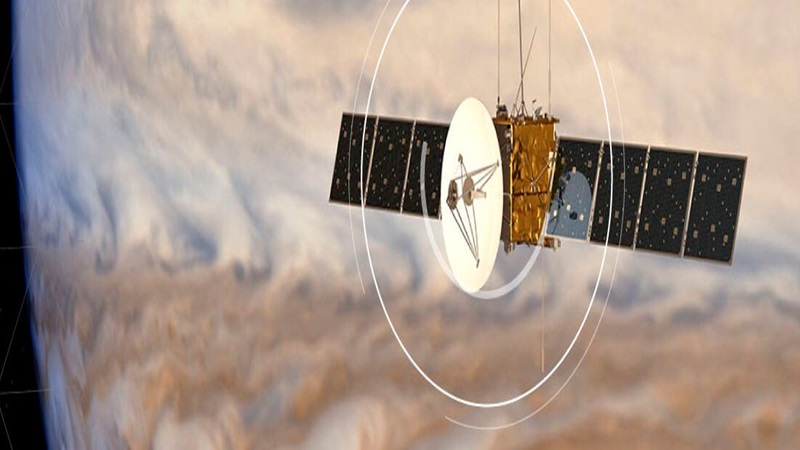
JUICE mission tested optical fibers under cryogenic cycles to ensure performance for data transfer from Jupiter’s icy moons.
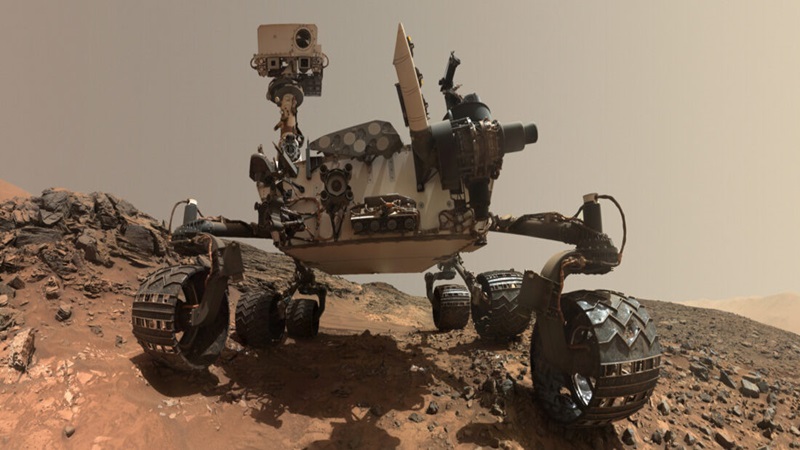
Mars Curiosity rover uses UV photodiodes to monitor surface radiation and support future mission planning.
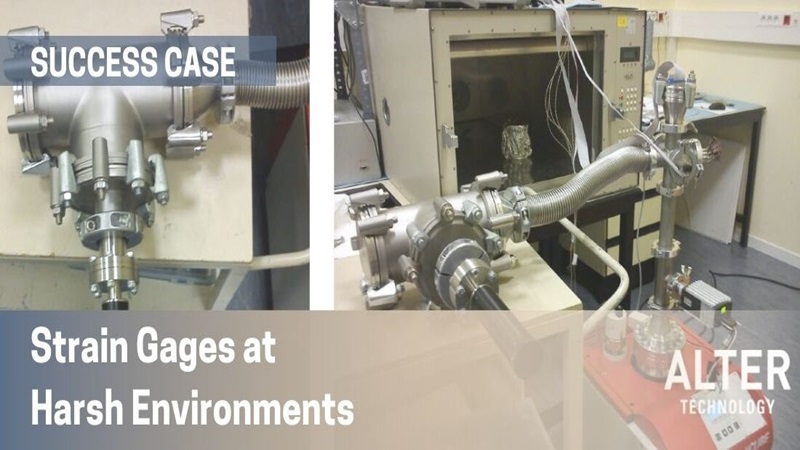
Strain gages are tested in extreme temperatures and vacuum to assess deformation behavior in critical structures.
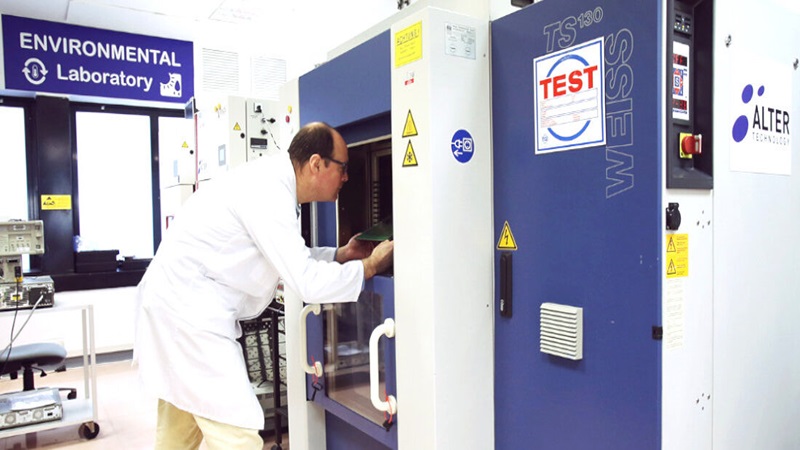
Thermal cycling testing assesses component durability under repeated extreme temperatures to identify thermal stress failures.

Comparison of non-destructive test methods like X-ray, SAM, and lock-in IR used to inspect EEE components and detect internal defects.
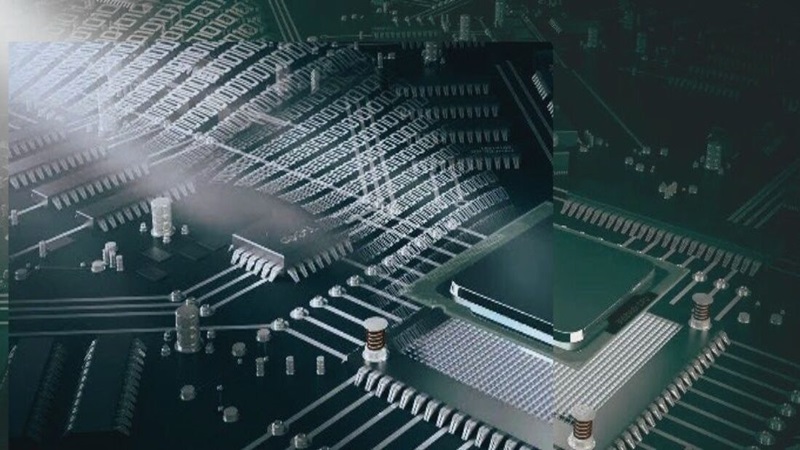
New space microelectronics benefit from SAM’s non-destructive defect imaging in complex, high-reliability components.